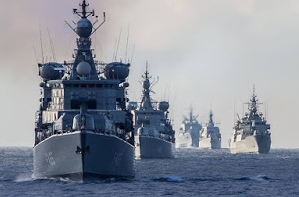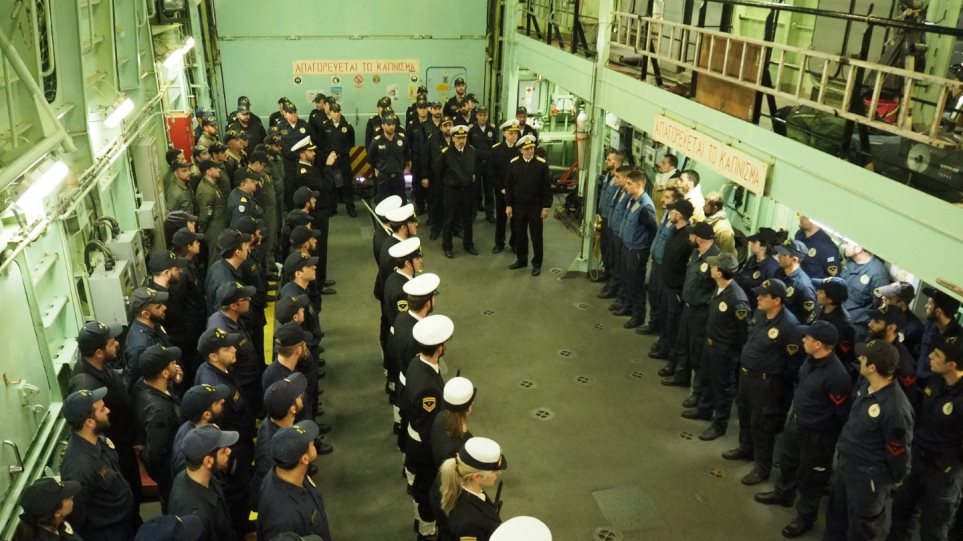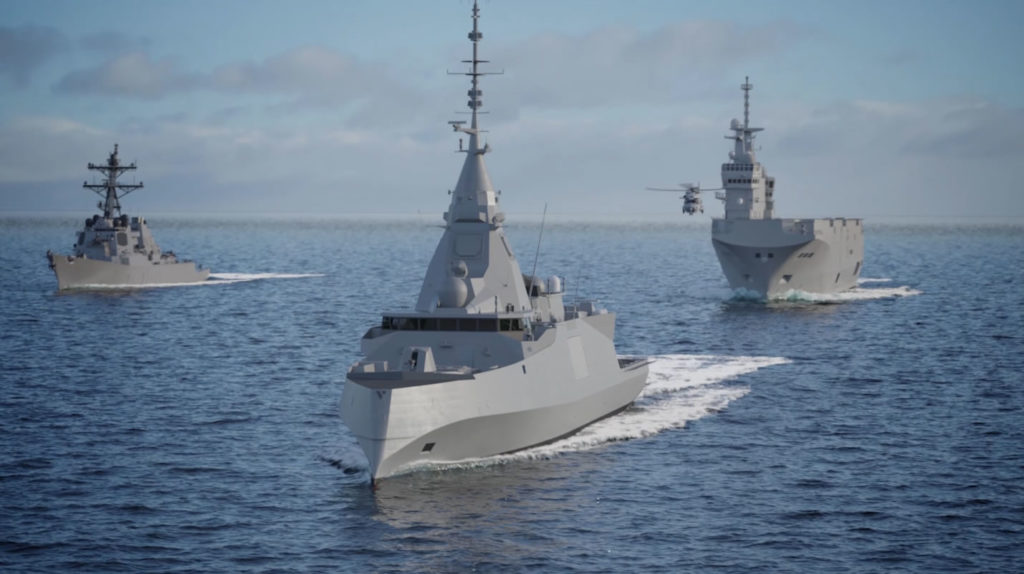Today, the Hellenic Navy maintains a large number of surface combatants and submarines in its inventory. However, the shortfalls suffered by the Navy over the last several years from the severe economic recession that began in mid-2008, are significant. Τhe economic crisis hit hard the country and Greece tried to recover via spending cuts including a high proportion of the defence budget. The vast majority of the warships in active service today are very old and should had been replaced by modern designs at least a decade ago.
Having been held back by the pressures of the global economic crisis, the Hellenic Navy is now racing to catch up with its neighbors (source). Greece is a country with vast coastline, archipelagos and enclaves, heavily depended on trade and on the exploitation of maritime resource. However, trade and economic issues depend considerably on the free use of the sea, on the security of the sea lines of communication and the sustainable exploitation of marine resources. Greece is a maritime nation by tradition, as shipping is arguably the oldest form of occupation of the Greeks and has been a key element of Greek economic activity since ancient times. Today, shipping is the country’s most important industry worth $21.9 billion in 2018. (source)
The responsibility of the Hellenic Navy in this respect is certainly huge. To a large extent, the future of Greece depends on the control exercised on the sea. To continue being effective, the Fleet must be a powerful, balanced and flexible instrument at the service of Greece in this uncertain and ever-changing geostrategic environment. It is vital for the Navy to continue having the necessary means to solve the most complex and demanding situations and constantly protecting and surveilling the maritime domains of national interest. In this article the most important facts about the current situation of the Fleet and its (possible) future are reported.
Finally, one graph depict the current fleet composition and its future composition by 2030 in two scenarios, optimistic (O) and pessimistic (P). A second graph depicts the years of active service of the newest and oldest vessel per warship type.
Read more HERE







































